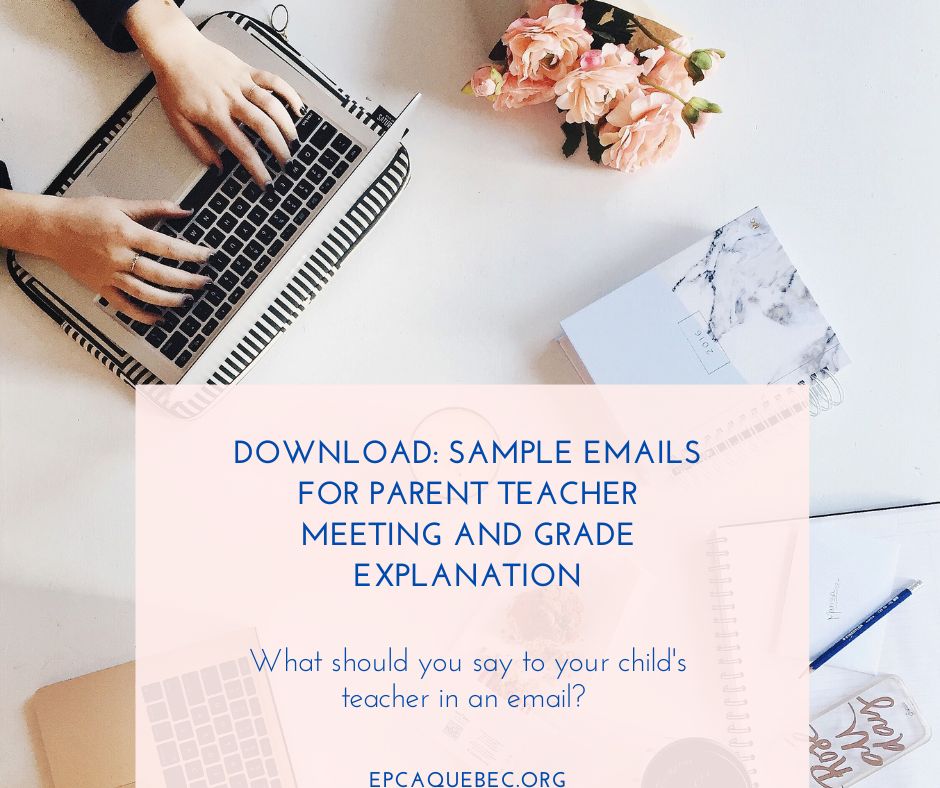6 Exam Anxiety Coping Strategies for High School Students
High school students encounter a variety of different sorts of exams, ranging from midterms and finals to CEGEP admission exams and ministry exams. They may perceive the stakes to be bigger, which might increase their anxiety. These suggestions may assist to alleviate your teen's exam anxiety.
1. Pay attention to your teen's anxieties about testing and the future
Many high school examinations can predict what your child will do after high school. These assessments can be extremely difficult for teenagers who have learning and mental disabilities and are concerned about their future.
Discuss your teen's feelings openly and listen to their worries. Try to be soothing while remaining realistic. "We can assist you in ensuring that you are prepared for this test. And don't be concerned about how you do on it. There are several possibilities available to you after high school, and we will help with you to locate the finest ones."
2. Assist in balancing their schedule so that they are not pressed for time
It's one thing to not devote enough time to exam preparation. It's one thing not to have enough time. Being hurried might exacerbate anxiety. Allow enough time in your child's schedule for them to comfortably prepare.
Examine your child's class and activity schedule. Then discuss the amount of time required for studying. You can think about reducing your child's activities if it would allow him or her ample time to study. Explain how maintaining a sense of balance might help to ease stress.
3. Assist them in avoiding stressful cramming
Last-minute exam cramming is likely to cause anxiety. Part of the difficulty might be organizational and time management concerns.
One method to avoid this is to assist children in creating a monthly schedule of tests. Then, assist them in developing a weekly review program for each test or quiz. Each week, review the exam calendar and make a study plan for the following week. Having a routine and sticking to it might help children feel more in control.
4. Avoid surprises by providing exam information in advance
When they don't know what to anticipate from the test, some high school students grow worried. Is it a multiple-choice or a short answer question? Is that something they struggle with?
Suggest that your child learn about the kind of questions that will be on the test or exam. Knowing what to expect might help children prepare and feel more confident. Children who struggle with handwriting, for example, may be concerned that their science examination will require them to name a diagram. They could feel less anxious if they could rehearse ahead of time.
5. Confirm that they understand their test accommodations
Knowing that their unique requirements are being met might help lessen exam anxiety. When children have an IEP that includes testing accommodations, make sure they understand what the accommodations are and why they will be beneficial. (Kids can also request accommodations for CEGEP admission examinations.)
You may also remind your youngsters that if the instructor or substitute forgets about the accommodations, they should advocate for themselves and remind them.
6. Explain to your teen that setbacks are normal and expected
Even with solid study habits, some students with learning and cognitive disabilities may perform poorly on examinations. Because they are terrified of failure, they may begin to dread tests and feel concerned about them.
Try to overcome that anxiety by developing an action plan in the aftermath of a poor test grade.
"I know you worked hard for that math test," say to your adolescent. You now know what you worked so hard and tried your best and what that it didn't work out so well. Should we gather your IEP team? We can discuss what would work better for you the next time."







